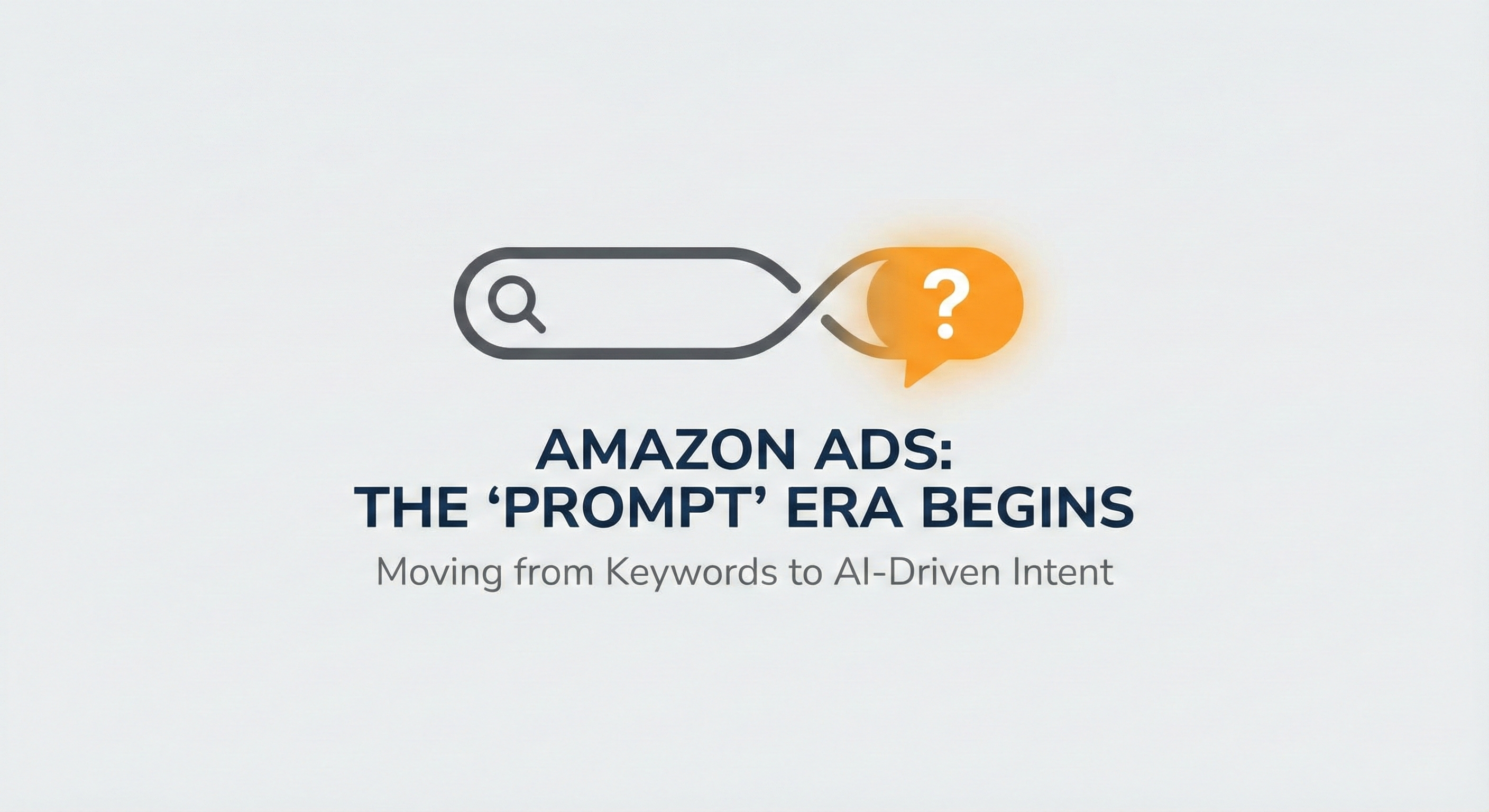
Country of origin labeling, also known as COOL, is a critical aspect of international trade, providing essential information about the provenance of a product. It has far-reaching implications for consumers, businesses, and governments alike.Read the full article to learn more about these guidelines.
What is country of origin labeling?
Origin labeling, also known as country of origin labeling (COOL), refers to the practice of marking products with the country where they were produced or manufactured. This labeling can be seen on a wide variety of products, from food and beverages to clothing and electronics. The purpose of origin labeling is to inform consumers about where the products they purchase come from.
Consumers may use this information for various reasons, such as supporting local industries, avoiding products from certain countries, or making decisions based on perceived quality associated with certain countries of origin.
What does the emergence of country of origin labeling bring?
The emergence of country of origin labeling (COOL) has brought several benefits and implications for consumers, businesses, and governments.
1. Informed Consumers: Country of origin labeling (COOL) provides consumers with more information about the products they buy. This can influence purchasing decisions, particularly for consumers who prefer products from certain countries or who want to support local industries.
2. Trade Regulation: Country of origin labeling (COOL) can help governments regulate trade and enforce import and export controls. It can also support anti-dumping measures and sanctions by allowing authorities to identify where goods have come from.
3. Quality Assurance: For some consumers, the country of origin is associated with the quality of goods. For example, certain countries are known for their craftsmanship in specific industries.
4. Traceability: In the event of a product recall or safety issue, country of origin labeling (COOL) can assist in the traceability of goods.
5. Economic Impact:Country of origin labeling (COOL) can influence economic factors such as domestic market share, import/export volumes, and pricing. It can also play a role in international trade disputes.
However, businesses must comply with labeling requirements, which increases costs, adds potential trade barriers, and increases the complexity of determining the origin of goods made from components from multiple countries.
According to reports, Amazon's top home goods seller, Williams-Sonoma, was fined $3.17 million by the U.S. Federal Trade Commission (FTC) for alleged false advertising. They are accused of misrepresenting the origin of their products, incorrectly labeling Chinese imports as 'Made in USA.'
It is believed that this deliberate mislabeling from 'Made in China' to 'Made in USA' was done to cater to certain consumer preferences or to circumvent trade barriers in some countries. This practice significantly boosted order conversions for their Amazon store. However, such behavior is illegal.
Why use country of origin labeling?
In reality, origin labels are not a special requirement of the Amazon platform but a general rule of customs worldwide.
The main purpose is to indicate the source of product production and ensure traceability, facilitating customs statistics, taxation, and regulation during product export. In simple terms, it's like an identity card for our products in overseas markets.
For example, if a product is manufactured in China, it must carry a 'Made in China' label on the product or its packaging, no matter which country it is exported to.
What happens if you don't stick a label indicating the country of origin?
If customs authorities inspect a product and find that it does not comply with country of origin labeling (COOL) requirements, several consequences may occur, depending on the severity of the violation and the country's specific laws and regulations. Here are some potential consequences in the United States:
1. Fines and Penalties: Non-compliance with country of origin labeling (COOL) requirements can result in substantial fines and penalties. The amount of the fine can vary depending on the nature of the violation.
2. Seizure of Goods: In some cases, customs authorities may seize goods that do not comply with country of origin labeling (COOL) requirements. This can result in significant financial loss for the importer.
3. Delayed Shipments: If goods are found to be non-compliant during an inspection, it can cause significant delays in shipment. This can disrupt supply chains and potentially lead to additional storage and demurrage charges.
Any of these outcomes would be extremely detrimental to sellers, not only damaging their financial interests but also diminishing customer satisfaction, thereby impacting their brand's reputation and credibility.
When should 'Made in China' labels be used?
1. Labels are required for shipments to Amazon warehouses, overseas warehouses, and private addresses.
2. Labels are also necessary for packages sent via courier or special lines.
3. Both the product and the outer box need labels. Most Amazon sellers typically include 'Made in China' on their product's SKU barcode.
In summary, any product exported from China, whether it's FBA or FBM, or even shipped on cross-border e-commerce platforms like Temu, Shein, etc., needs to bear a 'Made in China' label.
Tips for adding 'Made in China' labels:
1. If it's to be affixed to the outer box, you can search for outer boxes with a 'Made in China' label when purchasing, so you don't need to add it separately.
2. If it's to be placed on the product, you can print the 'Made in China' label directly on the product packaging box when editing for the first time.
Labels must be truthful and accurate. They should not be arbitrarily changed to cater to consumer psychology or to evade trade barriers. You should not take chances. Perhaps you have tried not to affix the country of origin label before, and the goods were successfully cleared and received, but you cannot guarantee that your goods will never be detected by customs.
Once detected by customs, the high costs of fines, transportation, and delivery times could lead to more loss than gain.








